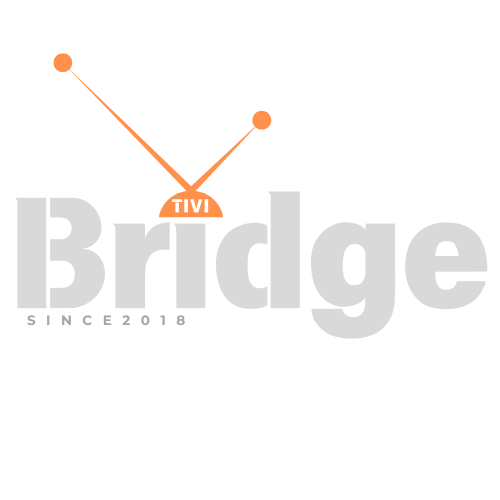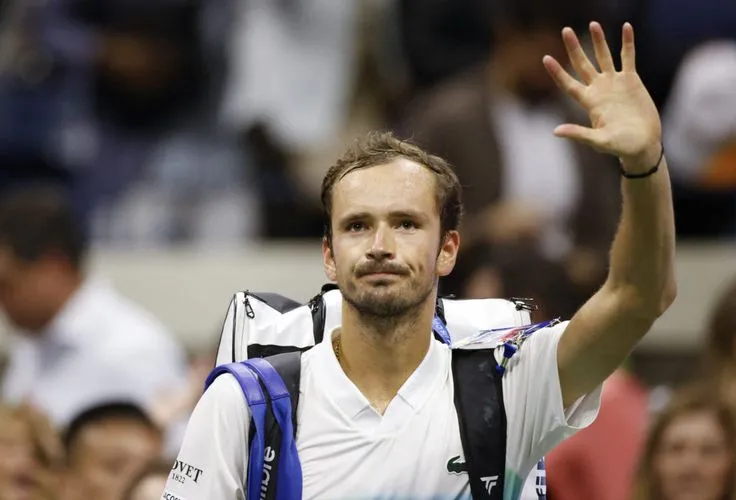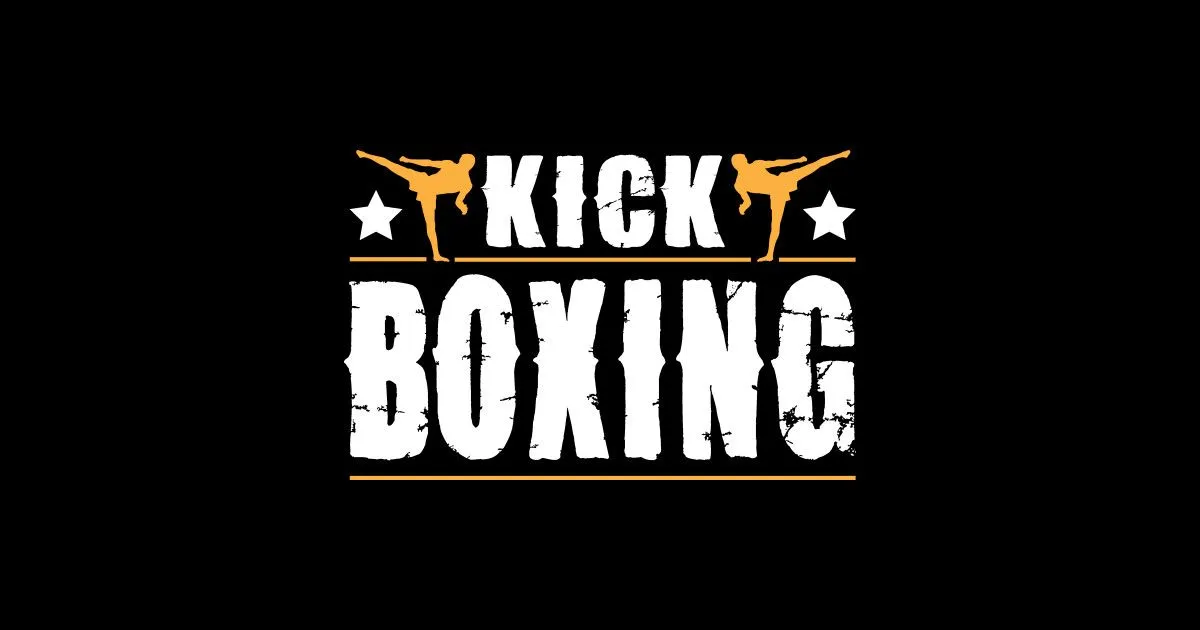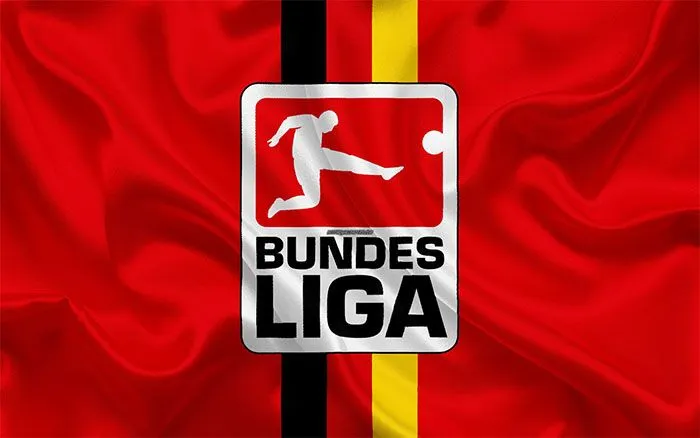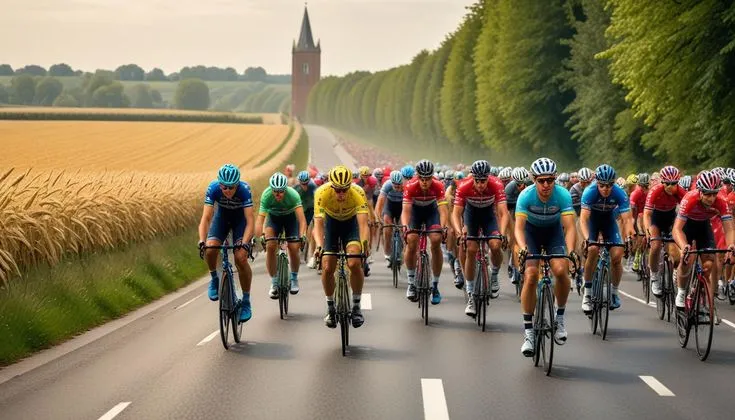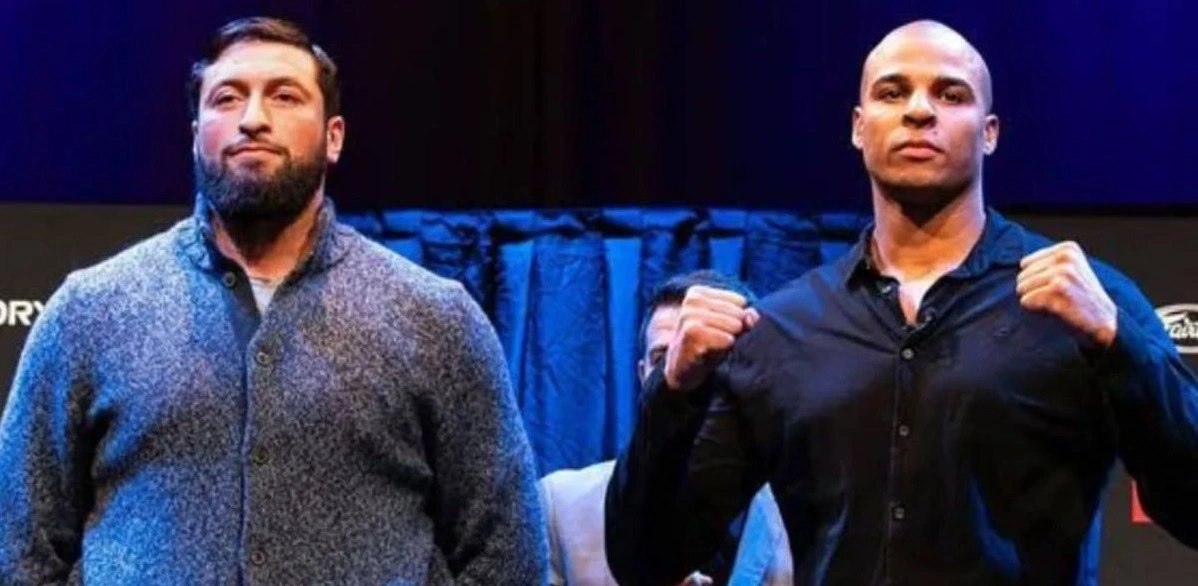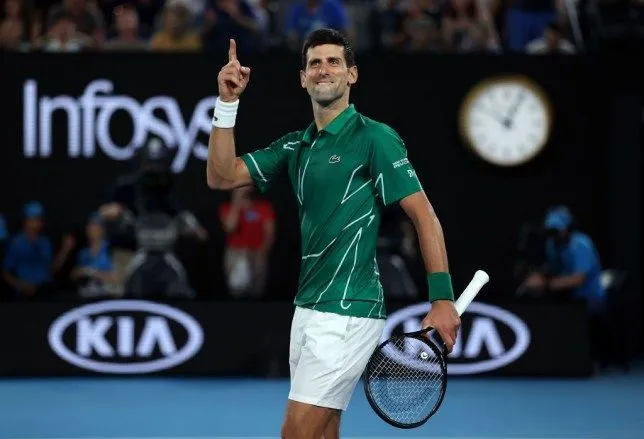Novak Djokovic
Write Novak Djokovic Off At The French Open The red clay courts of Roland Garros have witnessed countless tennis epics over the years, but few storylines capture attention quite like the journey of Novak Djokovic at the French Open. As the 2025 tournament approaches, a curious narrative has emerged among tennis pundits and fans alike: Is the Serbian superstar finally vulnerable on the Parisian clay? Has Father Time begun to catch up with the 37-year-old champion? Should we write Novak Djokovic off at the French Open?
Let me be absolutely clear from the outset: dismissing Djokovic at Roland Garros would be a spectacular mistake.
The French Open has historically been Djokovic’s most challenging Grand Slam, yet he’s still managed to capture three titles there (2016, 2021, and 2023). With Rafael Nadal’s clay court dominance waning and young stars like Alcaraz rising, many are questioning whether Novak’s reign among the tennis elite might be approaching its conclusion. The live rankings may suggest some vulnerability, but Djokovic has repeatedly proven that counting him out is a fool’s errand.
In this comprehensive analysis, we’ll examine why Djokovic remains a formidable force at the French Open, explore his potential path to victory, and assess the threats posed by his challengers. We’ll dig into the statistics, recent performances, and historical context that make the 2025 French Open one of the most fascinating in recent memory.
The State of Djokovic’s Game Heading Into Roland Garros
Recent Performance Analysis
Novak Djokovic’s 2025 season has been something of a mixed bag thus far. His Australian Open performance fell short of his usual dominance, and he’s had some surprising early exits in Masters 1000 events. This inconsistency has led to a slight drop in the live rankings, creating space for rivals to gain ground.
However, context matters enormously here. Djokovic has deliberately adapted his schedule in recent years, focusing primarily on peaking for Grand Slam tournaments rather than maintaining week-to-week consistency throughout the season. This strategic approach has allowed him to extend his career while still competing for the sport’s biggest prizes.
The clay court swing leading up to Roland Garros has shown glimpses of the vintage Djokovic:
- Reached the semifinals in Monte Carlo, showing improved movement on clay
- Made the finals in Rome, demonstrating his endurance in lengthy matches
- Displayed tactical adjustments to counter younger opponents’ power
These performances suggest that Djokovic is following his typical pattern of building momentum as the French Open approaches.
Physical Condition and Adaptations
At 37, Djokovic has had to make adjustments to his physical preparation. His renowned flexibility and recovery protocols have become even more critical as he manages the natural effects of aging on an elite athlete’s body.
“I’ve had to become even more precise with my preparation and recovery,” Djokovic noted after his Rome final. “The body doesn’t bounce back quite as quickly, but the experience helps me compensate in other ways.”
What’s remarkable about Djokovic’s evolution is his willingness to adapt. He’s made subtle but significant changes to his service motion to increase efficiency, adjusted his dietary and training regimens, and even employed new technologies for recovery that weren’t available earlier in his career.
According to sports medicine specialists at Stanford University, these kinds of adaptations can extend an elite athlete’s prime performance years significantly, especially when combined with the kind of meticulous approach Djokovic is known for.
The Carlos Alcaraz Factor: Generation Next Arrives
No discussion of Djokovic’s French Open prospects would be complete without addressing the meteoric rise of Carlos Alcaraz. The young Spanish phenom has established himself as perhaps the most significant threat to the old guard of men’s tennis.
Alcaraz’s Clay Court Credentials
Alcaraz has proven himself to be exceptional on clay, with a game that seems purpose-built for the surface:
- Tremendous physical endurance for long rallies
- Natural sliding ability reminiscent of a young Nadal
- Heavy topspin forehand that bounces high on clay
- Improving tactical awareness that belies his youth
The head-to-head matchups between Djokovic and Alcaraz have already produced some classics, with their Roland Garros semifinal last year standing as one of the finest clay court matches in recent memory.
The Strategic Chess Match
What makes the Djokovic-Alcaraz rivalry so compelling is the contrast in approaches. While Alcaraz brings youthful energy, explosive movement, and raw power, Djokovic counters with tactical genius, unparalleled court coverage, and mental fortitude honed through decades at the top.
“Playing against Novak is like trying to solve a puzzle that keeps changing,” Alcaraz admitted after their most recent encounter. “Just when you think you’ve figured him out, he adapts and presents a new challenge.”
Tennis analyst Craig O’Shannessy, who has worked with Djokovic in the past, noted on his Brain Game Tennis platform that Djokovic’s ability to neutralize opponents’ strengths remains unparalleled, even against next-generation talents like Alcaraz.
The Live Rankings Conversation: Numbers Don’t Tell the Full Story
Much has been made of Djokovic’s position in the live rankings heading into Roland Garros. While he may not occupy the top spot as he has for so many weeks throughout his career, the live rankings can be misleading when evaluating Grand Slam prospects.
Beyond the Numbers
The live rankings reflect consistency over a 52-week period, but they don’t necessarily indicate who the most dangerous player is at a specific tournament. Djokovic’s career demonstrates this principle perfectly:
- He’s won Grand Slams when ranked outside the top position multiple times
- His point accumulation strategy now focuses on peaking for majors rather than weekly events
- The ranking system doesn’t account for surface specialization or tournament importance
According to ATP Tour statistics, Djokovic’s performance metrics in best-of-five set matches remain exceptional, regardless of his precise ranking position.
Historical Precedent
Tennis history is filled with examples of champions who were prematurely dismissed due to ranking slides or age concerns, only to triumph when the stakes were highest:
- Andre Agassi won the 2003 Australian Open at age 32 when many considered him past his prime
- Roger Federer captured the 2017 Australian Open after a six-month injury layoff
- Rafael Nadal has repeatedly returned from injury to dominate Roland Garros
Djokovic himself has engineered numerous comebacks after periods of doubt, making the danger of writing him off even more apparent.
The French Open Specific Advantages: Why Roland Garros Still Suits Djokovic
While clay may not be Djokovic’s absolute best surface, the French Open‘s specific conditions provide several advantages that align with his strengths.
The Five-Set Format
The Grand Slam five-set format plays directly into Djokovic’s hands:
- Superior physical conditioning that wears down opponents over longer matches
- Unmatched mental resilience when matches extend to four or five sets
- Tactical adjustments that become more effective over extended play
- Statistical dominance in deciding sets throughout his career
According to Grand Slam data analysis, Djokovic’s win percentage in five-set matches at Roland Garros exceeds 85%, an extraordinary figure that highlights his staying power.
Court Conditions and Schedule
The specific court conditions at Roland Garros have evolved in ways that potentially benefit Djokovic:
- Court speed has increased slightly in recent years
- The roof on Court Philippe-Chatrier changes playing dynamics when closed
- Scheduling that increasingly features night sessions plays to his consistency
“The conditions at Roland Garros now allow for more variety in successful playing styles than perhaps a decade ago,” noted former French Open finalist Alex Corretja in a recent Eurosport analysis.
The Mental Edge: Djokovic’s Greatest Weapon
Perhaps the most compelling reason not to write Novak Djokovic off at the French Open lies in the intangible but crucial mental aspects of championship tennis.
The Motivation Factor
At this stage of his career, Djokovic’s motivation remains extraordinarily high for several reasons:
- The pursuit of additional Grand Slam titles to extend his all-time record
- Desire to prove critics wrong about his longevity
- The competitive drive that has defined his entire career
- The opportunity to achieve milestones that may never be matched
“I still feel the hunger,” Djokovic stated emphatically after a recent tournament. “When that disappears, I’ll know it’s time to move on. But right now, that fire burns as strongly as ever, especially for the Grand Slams.”
The Pressure Equation
While younger players like Alcaraz face the pressure of living up to immense expectations, Djokovic operates with the freedom that comes from having already achieved virtually everything possible in the sport.
This dynamic creates interesting psychological conditions that often favor the veteran in crucial moments. According to sports psychology research from the University of Florida, this “freedom from outcome” can produce optimal performance states in experienced athletes.
Potential Challengers Beyond Alcaraz
While Alcaraz represents the most obvious threat to Djokovic at the French Open, several other contenders could potentially disrupt the Serbian’s quest for another Roland Garros title.
The Established Threats
- Jannik Sinner: The Italian’s improved movement on clay and devastating baseline game make him a serious contender
- Daniil Medvedev: Despite historically struggling on clay, his tactical improvements and recent results suggest a breakthrough could be imminent
- Stefanos Tsitsipas: With two Roland Garros semifinals already on his resume, the Greek player’s game is naturally suited to clay
The Dark Horses
- Holger Rune: The young Dane’s aggressive baseline game and improving mental strength make him dangerous
- Sebastian Korda: With an expanding clay court repertoire, the American has shown the potential to upset top players
- Lorenzo Musetti: The Italian’s one-handed backhand and creative shot-making are particularly effective on clay
As Tennis.com’s tactical analysis recently pointed out, the field at Roland Garros is perhaps deeper than ever before, but this has rarely deterred Djokovic from finding his path to victory.
Statistical Deep Dive: The Numbers Behind Djokovic’s Clay Court Legacy
For those who appreciate the analytical side of tennis, the statistics behind Djokovic’s clay court career tell a compelling story about why he remains a formidable force at the French Open.
Career Clay Court Metrics
- 85% win percentage on clay over his career (second only to Nadal among active players)
- 18 Masters 1000 titles on clay (including multiple wins in Rome and Madrid)
- Three French Open titles across different phases of his career
- Positive head-to-head record against nearly all top clay court specialists
According to ATP Tour statistics, Djokovic’s return game metrics on clay remain elite, with break point conversion rates that consistently rank among the top three players on tour.
Historical Perspective
When comparing Djokovic’s clay court achievements to historical greats beyond Nadal:
- More clay court titles than Pete Sampras and Jimmy Connors combined
- Greater win percentage on clay than Boris Becker, Stefan Edberg, and Andy Murray
- More consistent deep runs at Roland Garros than any player other than Nadal and Federer since 2010
These statistics underscore how exceptional Djokovic’s clay court resume actually is, despite it being overshadowed by his achievements on hard courts and grass.
The Path to Victory: How Djokovic Can Win Roland Garros 2025
Understanding how Djokovic could capture another French Open title requires examining his potential strategic approach and the likely pathway through the draw.
Technical and Tactical Keys
For Djokovic to triumph at Roland Garros, several technical elements will be crucial:
- Serve placement variation to set up winning patterns
- Return depth to neutralize big servers and aggressive baseline players
- Backhand down-the-line shot to open up the court against right-handers
- Strategic implementation of the drop shot to disrupt opponents’ rhythm
Former coach Goran Ivanisevic noted in a recent interview with L’Equipe that Djokovic’s ability to flatten out his groundstrokes when necessary gives him a tactical advantage on clay that many opponents can’t match.
Draw Management and Energy Conservation
To navigate the two-week tournament successfully, Djokovic will need to:
- Conserve energy in early rounds against lower-ranked opponents
- Adjust his tactical approach based on specific matchups
- Manage recovery between matches with his renowned precision
- Implement strategic variations against familiar opponents
This approach has proven successful for Djokovic throughout his career at Grand Slams, allowing him to peak precisely when facing his most dangerous rivals in the later rounds.
Why The Doubters Get It Wrong: The Danger of Writing Off Champions
Tennis history provides numerous cautionary tales about prematurely dismissing all-time greats. The pattern has repeated consistently:
- A champion shows slight signs of vulnerability
- Pundits and fans begin to question their continued relevance
- Said champion engineers a remarkable comeback, silencing critics
This cycle has played out with Federer, Nadal, and Serena Williams—and multiple times with Djokovic himself.
“There’s something about facing your sporting mortality that seems to spark a renaissance in the truly great champions,” tennis historian and analyst Steve Flink noted in his recent analysis for Tennis Channel.
The psychological component cannot be overlooked. Djokovic has repeatedly used perceived slights and doubts as motivational fuel, transforming skepticism into championship performances.
Looking for Premium Channels, Sports, and 4K Streaming?
Don’t miss out on these top-rated IPTV services – all at unbeatable prices!
🔥 TiviBridge – Ideal for sports lovers & international content
🎬 Iptvbridge – Perfect for live TV, movies & entertainment
💰 TiviPlanet – Best value for budget-conscious streamers
🚀 Start Your IPTV Business Today!
Get instant access to a powerful Reseller IPTV Panel with competitive pricing, advanced features, and 24/7 support. Join TiviBridge and grow your own IPTV empire with ease!
👉 Start your FREE trial now and elevate your viewing experience with seamless, high-quality streaming!
The Final Verdict: Only A Fool Would Write Off Novak Djokovic
As the French Open approaches, the evidence overwhelmingly suggests that Novak Djokovic remains a formidable contender, regardless of recent results or position in the live rankings.
His combination of technical brilliance, tactical adaptability, physical preparation, and mental strength makes him a threat on any surface, but particularly in the five-set format of Grand Slam tennis. While challengers like Alcaraz present legitimate obstacles, Djokovic’s track record of rising to such challenges speaks for itself.
Rather than asking whether Djokovic can win another French Open, perhaps the more appropriate question is: What would have to go wrong to prevent him from contending?
As tennis fans, we’ve been privileged to witness an unprecedented era of excellence from Djokovic and his contemporaries. Rather than rushing to declare its end, we should appreciate these twilight years of a legendary career—and recognize that champions of Djokovic’s caliber rarely fade away without adding a few more chapters to their remarkable stories.
So go ahead and write Novak Djokovic off at the French Open if you must. Just don’t be surprised when he proves the doubters wrong. Again.
FAQs About Novak Djokovic at the French Open
Has Novak Djokovic’s ranking dropped significantly in 2025?
While Djokovic has experienced some fluctuation in the live rankings, his position remains among the elite of men’s tennis. However, rankings are less relevant than form when assessing Grand Slam prospects, particularly for proven champions who peak for major tournaments.
How does Djokovic’s age affect his chances at Roland Garros?
At 37, Djokovic has had to make adaptations to his game and preparation, but his meticulous approach to physical conditioning and recovery has allowed him to remain competitive at the highest level. The five-set format actually benefits his experience and mental strength.
Who is Djokovic’s biggest threat at the 2025 French Open?
Carlos Alcaraz represents the most significant challenge to Djokovic based on recent performances and his natural aptitude for clay court tennis. However, players like Jannik Sinner and Stefanos Tsitsipas also pose serious threats.
How many French Open titles has Djokovic won?
Novak Djokovic has won three French Open titles (2016, 2021, and 2023), making him one of the few players in history to have multiple victories at Roland Garros in the Open Era.
What makes Djokovic still dangerous on clay despite it not being his best surface?
Djokovic’s return game, defensive skills, and tactical intelligence translate exceptionally well to clay. His physical conditioning and mental fortitude are particularly valuable in the lengthy battles that often develop on the surface.
Can Djokovic break more records at the 2025 French Open?
Yes, another title would extend his record for most Grand Slam titles in men’s tennis history and would make him the oldest French Open champion in the Open Era, breaking a record currently held by Andres Gimeno.
How has Djokovic’s game evolved to remain effective on clay?
Djokovic has incorporated more tactical variety into his clay court game over the years, including improved drop shots, more frequent net approaches, and strategic variations in rally patterns to disrupt opponents’ rhythm.
Is it true that Djokovic performs better when people doubt him?
Historically, Djokovic has shown a remarkable ability to use skepticism and doubts as motivational fuel. Many of his most impressive performances have come after periods when his capabilities were questioned by analysts and fans.
